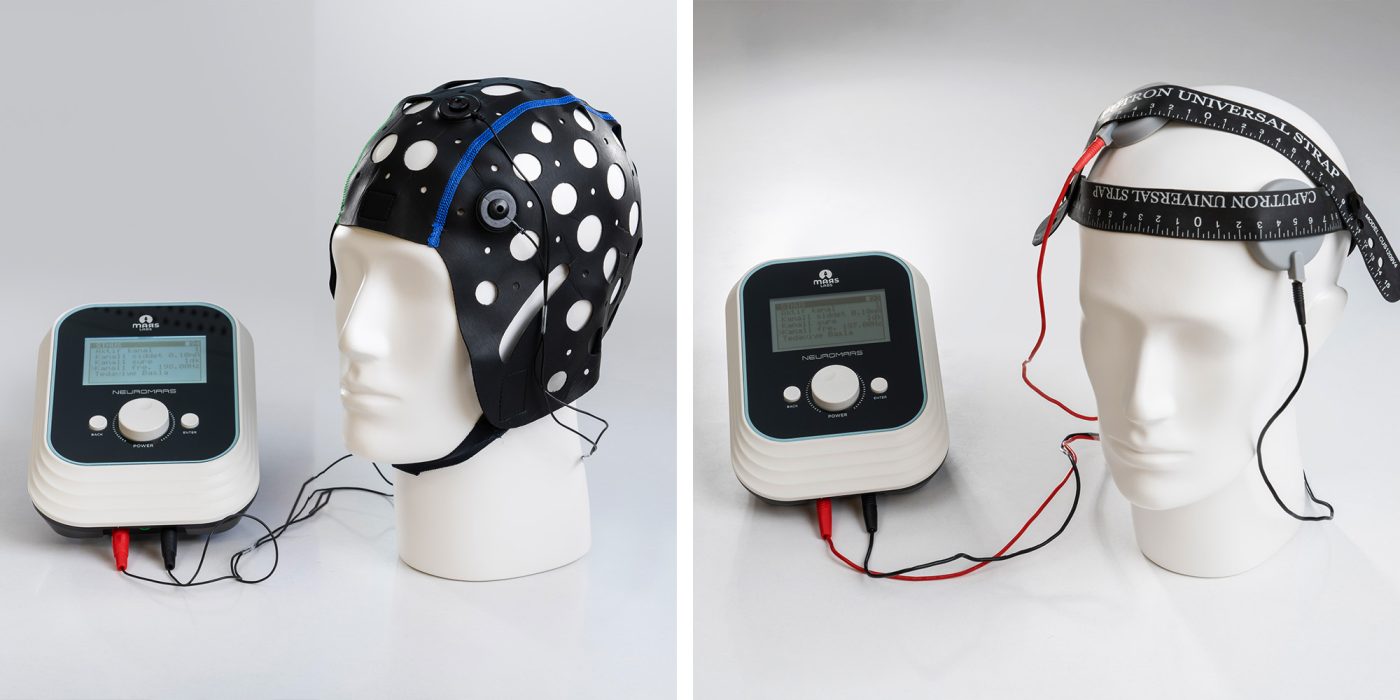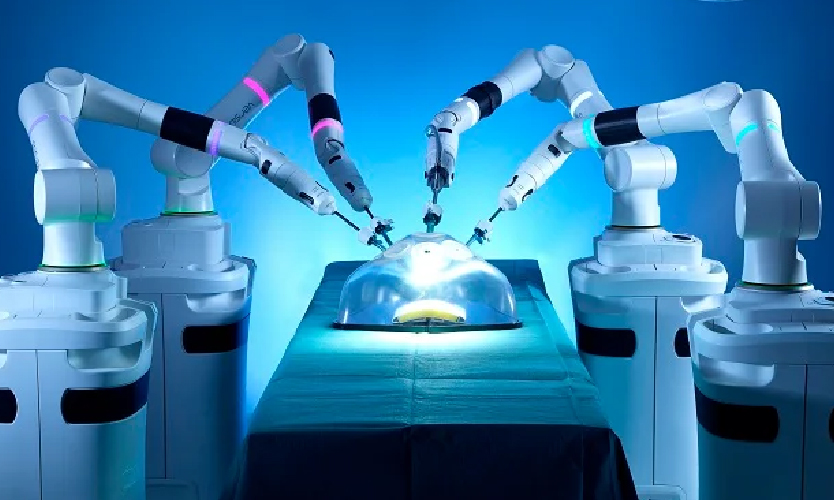In recent years, the health sector has been changing our perspective profoundly with new technologies and inventions. The sector is also growing rapidly with the perception of health safety created by the pandemic. At the same time, innovative technologies emerging in health technologies shed light on the future of the medical design field. As a result, “Medical Services” is becoming one of the focus points of investors. The innovations we encounter are not only in treatment methods, but also cover many areas from patient quality of life to preventive healthcare services and data processing solutions. In the future, customized designs that offer clear solutions focused on patients’ personal needs are expected to be at the forefront. The data analysis opportunities offered by artificial intelligence, which has just entered our lives, herald important leaps. In short, it is clear that medical design will become one of the important strategic business areas of the future.
The Future of Medical Design

Here are some of the key trends that are shaping the future of the medical design sector:
Personalized medicine: With advancements in genetic testing and data analysis, the medical design sector is poised to shift towards more personalized medicine. This means designing treatments and devices that are tailored to the specific needs of each patient. Personalized medicine will require the development of new technologies and design approaches that can adapt to individual patients’ needs.
Wearable technology: Wearable technology has already had a significant impact on the healthcare industry, with devices such as fitness trackers and smartwatches becoming increasingly popular. However, the future of medical design will see even more advanced wearable technology that can monitor vital signs and track patients’ health in real-time. These devices will need to be designed with user-centered design principles in mind, with a focus on ease-of-use and comfort.

Telemedicine: Telemedicine, or the use of digital technology to provide healthcare services remotely, is becoming increasingly popular. With the ongoing COVID-19 pandemic highlighting the need for remote healthcare options, telemedicine is expected to become even more prevalent in the future. This will require the development of new medical design solutions that can facilitate remote consultations and treatments.
Robotics: Robotics is another area of medical design that is expected to see significant growth in the coming years. Robotic devices can be used for surgical procedures, patient monitoring, and even medication delivery. As robotic technology becomes more advanced and widely available, we can expect to see an increase in the use of robots in healthcare settings.
Sustainability: Finally, sustainability is becoming an increasingly important consideration in medical design. With concerns about the environmental impact of medical waste and the use of single-use plastics, designers are looking for ways to make medical devices and equipment more sustainable. This will require new materials and design approaches that prioritize sustainability and environmental responsibility.
In conclusion, the future of the medical design sector promises exciting developments and opportunities for growth. With a focus on personalized medicine, wearable technology, telemedicine, robotics, and sustainability, medical designers are poised to make a significant impact on the healthcare industry in the years to come.
It is possible to see examples of this in the features of the products offered to the market. The future awaits us, where we will encounter many more innovative products that shape the future of medical design.
ECG Patch: The ECG patch is a wearable device that can monitor a patient’s heart rate and rhythm in real-time. This device can be used for remote monitoring of patients with cardiac conditions, allowing doctors to intervene quickly in the event of a problem.
Surgical Robots: Surgical robots are becoming increasingly common in operating rooms around the world. These robots can perform minimally invasive surgeries with greater precision and accuracy than human surgeons, reducing the risk of complications and improving patient outcomes.
Smart Inhalers: Smart inhalers are devices that can monitor a patient’s inhaler usage and provide real-time feedback on medication adherence. This can be especially helpful for patients with chronic respiratory conditions, such as asthma and COPD.
3D Printed Prosthetics: 3D printing technology has made it possible to create custom prosthetics that are tailored to each individual patient. These prosthetics are lightweight, durable, and can be designed to look and feel like a natural limb.
Telehealth Platforms: Telehealth platforms allow patients to consult with doctors remotely, using video conferencing technology. This is especially useful for patients who live in remote areas or who have mobility issues, as it allows them to receive care without having to travel to a healthcare facility.

Transcranial Direct Current Stimulation (tDCS)
tDCS technologies, which are used in the field of neuropsychiatry and offer important treatment opportunities by aiming to keep drug use under control, are among the new generation sustainable treatments. tDCS technologies are increasingly used for chronic pain, dementia, post-stroke rehabilitation, substance abuse, neurological and psychiatric conditions, especially in elderly patients. New designs that are used for treatment purposes in neuropsychiatry and work with the neuromodulation technique have reached an ease that patients can apply themselves under the supervision of a doctor or at home. Thanks to electronic and software technologies, this technology becomes suitable for personal use at home. The tDCS device, designed by Arman Design for MARSLABS, has ergonomic features and is user-friendly according to personal use needs. Thanks to its practical interface, it offers a design that patients and their relatives can easily apply at home.
As a result, new technologies and the way we use them are full of exciting innovations that have the potential to fundamentally change the healthcare we are accustomed to. Medical design studies that interpret these technologies and bring them to the market offer a vision that will further increase the interaction with patients and the healthcare system. From wearable devices to surgical robots, from 3D printed prostheses to telemedicine platforms, it is much easier than before to improve the results of patients, interpret them with common sense, and offer preventive health solutions. The products and services that emerge when designers and healthcare product developers work together offer a medical design future that not only increases efficiency but also enables health risks to be managed much better.
 Primitive Use of Artificial Intelligence: A Look from Past to Present
Primitive Use of Artificial Intelligence: A Look from Past to Present  The Future of Medical Design
The Future of Medical Design  A Night Full of Prizes: Celebrating 4 Wins at iF Design Awards 2023
A Night Full of Prizes: Celebrating 4 Wins at iF Design Awards 2023